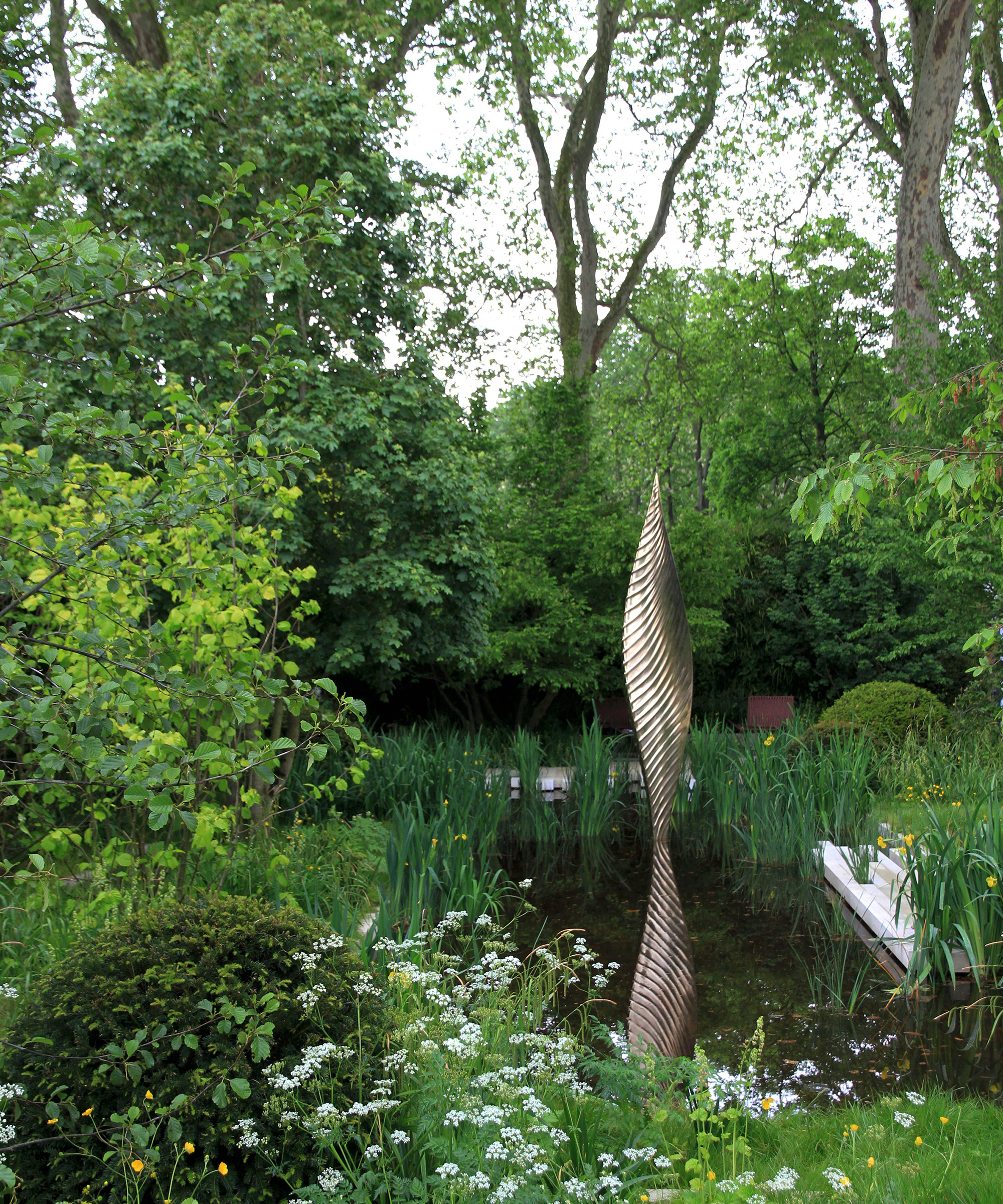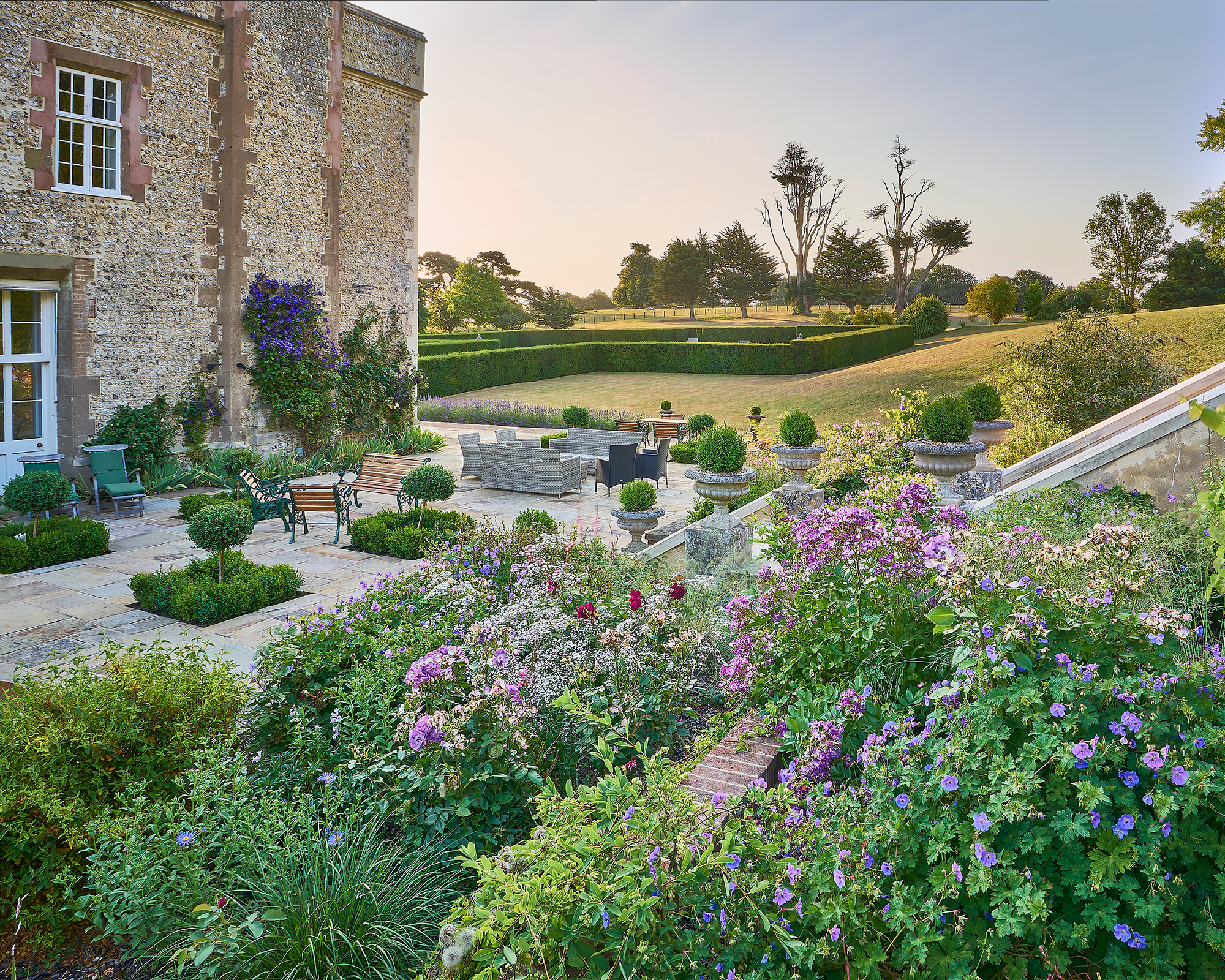How to hire a landscape designer – an expert guide
Expert advice and inspiration to help you hire a landscape designer who will make the most of your outdoor spaces


When deciding how to design your outdoor space, having a clear idea of what you want to achieve – and knowing how to hire a landscape designer to get the most out of the process – is key.
We’re breaking down, step by step, how to commission a landscape designer, so you can achieve the outdoor space of your dreams. Read on to learn about selecting a designer, budgeting and how to ensure the best outcome of your project.
1. Start your search

The Association of Professional Landscape Designers (or the Society of Garden Designers in the UK) is a great place to start your search, as the registered designers have all been subject to scrutiny and the adjudication of their projects.
‘Most designers are “civil engineers” with a love of plants, meaning that the entire project comes under their jurisdiction,’ says Louisa Bell of The Lovely Garden.
But it’s not just about the technical side, says Juliet Sargeant, a Fellow of the Society of Garden Designers (or FSGD). ‘A good designer has the imagination to create a bespoke design for you, the ingenuity to solve the site problems and the practical experience to implement the plans cost-effectively,' she says.
2. Choose the right designer

One of your key considerations will, of course, be style and aesthetic. Acting on a personal recommendation can be useful, but Ben Chandler, a landscape designer and principal at Farlam & Chandler, feels that ultimately you must make the final decision and you should always choose a garden designer whose taste and style is aligned with your own.
At the same time, it is important not to base your decision purely on beautiful photographs of completed designs, but also ensure that you are going to enjoy the process of commissioning a new garden.
Design expertise in your inbox – from inspiring decorating ideas and beautiful celebrity homes to practical gardening advice and shopping round-ups.
‘Having an initial consultation with the designer is a good way to see if you can work well together, allow them time to look at the garden and listen to your brief,’ says garden designer Andrew Duff .
3. Work out the costs

Price will inevitably vary based on the complexity of the project but generally they are all priced around the same basic set of principles. Andrew Duff tells us that pricing is all about clarity. ‘I lay out all the costs associated with the design right at the start,’ he says.
The build out of the landscape is priced based on a detailed set of design plans, and construction drawings, and from these you’ll be quoted at a fixed price.
Ben Chandler says that he would usually approach at least three different contractors to enable cross referencing of quotes for the client.
Remember that your landscape designer is a business professional, so you may be asked for a deposit upfront and then they may invoice after the completion of each stage.
Most designers will include a draft stage in their fee, so you have a chance to look at a proposed design and discuss changes before moving on to the next phase.
4. Consider where you can create savings

Cost cutting can be done before the first penny is spent, says landscape designer Andy Sturgeon.
'Start by thinking about what is worth keeping. What can you do with the existing hard landscaping, trees and shrubs? Is some rejuvenation possible? Doing this can create a sense of maturity from the outset.'
You can also establish the garden in stages. 'You need a direction to set rules and parameters with your design, but don't feel you have to decide everything up front. You need to keep costs under control, which can be hard when you're a beginner, so price out and note every item before you make a decision.'
Inexpensive materials can be the starting point for an entire scheme. 'Gravel is an example. I'm a big advocate of gravel gardens. They create light and space around the plants and are relatively cheap and easy to maintain all year round. I try to buy local gravel, ideally more than 10mm in diameter. Don't worry about putting a plastic membrane under the gravel, for me that's a false economy.'
Think about trade-offs and absolutes. 'A hedge might be better than an expensive fence, for example. One idea is to invest in a few decent-sized trees and shrubs to help create a mature landscape. It won't make an instant garden, but it does offer a framework while other plants establish. I recommend spending money on individual objects – spend as much as you can on something special that should last forever.'
5. Push the boundaries

Juliet Sargeant says it is all about taking risks and allowing yourself to be open to suggestions. ‘Let your landscape designer take you on a journey that may nudge you out of your comfort zone – I always say, nothing is set in stone until it is set in stone,' she says.
6. Consider the landscape design as a whole

Before starting to plant and landscape, create an idea of the yard and garden as a visual whole. 'I tell clients not to look up plants in catalogues,' says Andy Sturgeon. 'The problem with seeing them individually is that you're looking at them in isolation. You need to think about palettes and choose combinations – think about height, color, texture and the seasons. Buy an initial selection, and add to that.'
7. Bring the inspiration

Ben Chandler takes a look at tastes when it comes to defining the right style for a client ‘We ask our clients what they enjoy about gardens, whether they have favorite ones and if they have favorite plants.'
'We gather information from the style of the house and interiors,' says Ben. 'If the client is already working with an architect or interior designer, the proposed works gives us a good steer as to what they may or may not like.’
8. Think long-term

Andrew Duff likes to think of the future as much as the present. ‘Having visited clients for over 25 years you have a good idea of what the client needs as well as what they want. You need to see through the aesthetic requirements and check if the function is correct. Again, flexibility is important, how long will you live in the house and are there any changes in the near future?’
It's also important to know that your garden will change and mature over time, so what you'll be planting today will fill in and look very different in five or ten years.
9. Forge a solid relationship

For Louisa Bell of The Lovely Garden the most important thing is to like and trust your designer.
‘I like to look around my client’s house and get to know them,' she says. 'In a first meeting I ask how couples met, what books and films they’re interested in. I like to know the type of people they are as it helps with the overall design.’
10. Work with your designer

Being clear about your needs from the offset will help with the design process and a good designer will make sure to draw out every detail about exactly what your wants and needs are.
A designer will produce tailored-made designs to match your budget; if you under-estimate you could restrict the initial creative concept, if you over-estimate you could be disappointed if the design has to be scaled down or re-worked in line with your actual budget.
When it comes to design, Ben Chandler urges that you be open and critical from the beginning. ‘If the client is unsure or does not have a clear direction, it’s the designer’s job to steer them in the right way, putting in front of them decisions that enable them to make informed choices,’ he says.
How much does a landscape designer cost?
A garden designer will cost around 10 to 15 percent of your entire budget. This will usually include the fee for the initial survey, the garden design and planting list. However, each garden designer will have different pricing packages available, so it is worth being really clear in terms of what each side expects before you commission your chosen team.
What does a landscape designer do?
A landscape designer or landscape architect will do a site survey, create a design on paper and digitally with a new look for your garden – usually to your brief and after some discussion. The design – and the conversations you have about it before the first draft is submitted – will usually also include materials and hard landscaping and soft landscaping, plus planting suggestions.

Teresa was part of a team that launched Easy Gardens magazine two years ago and edited it for some time. Teresa has been a Gardens Editor at Homes & Gardens, Country Homes & Interiors and Living Etc magazine since 2020 and has developed close working relationships with top garden designers, and has been exposed to an array of rich garden content and expertise.